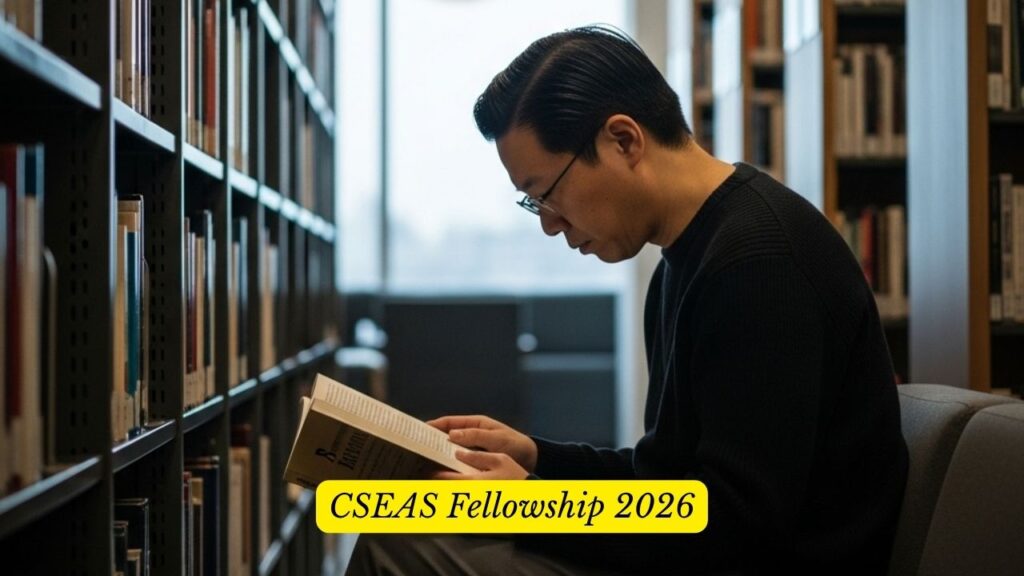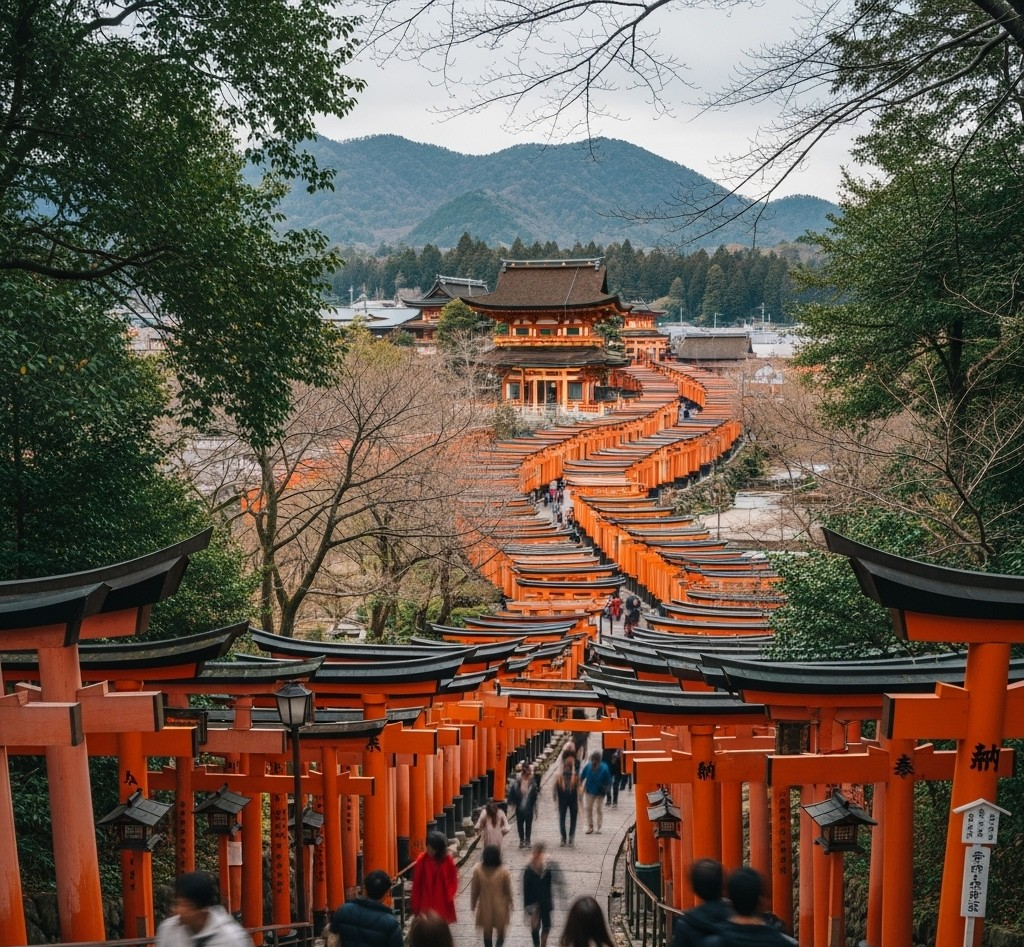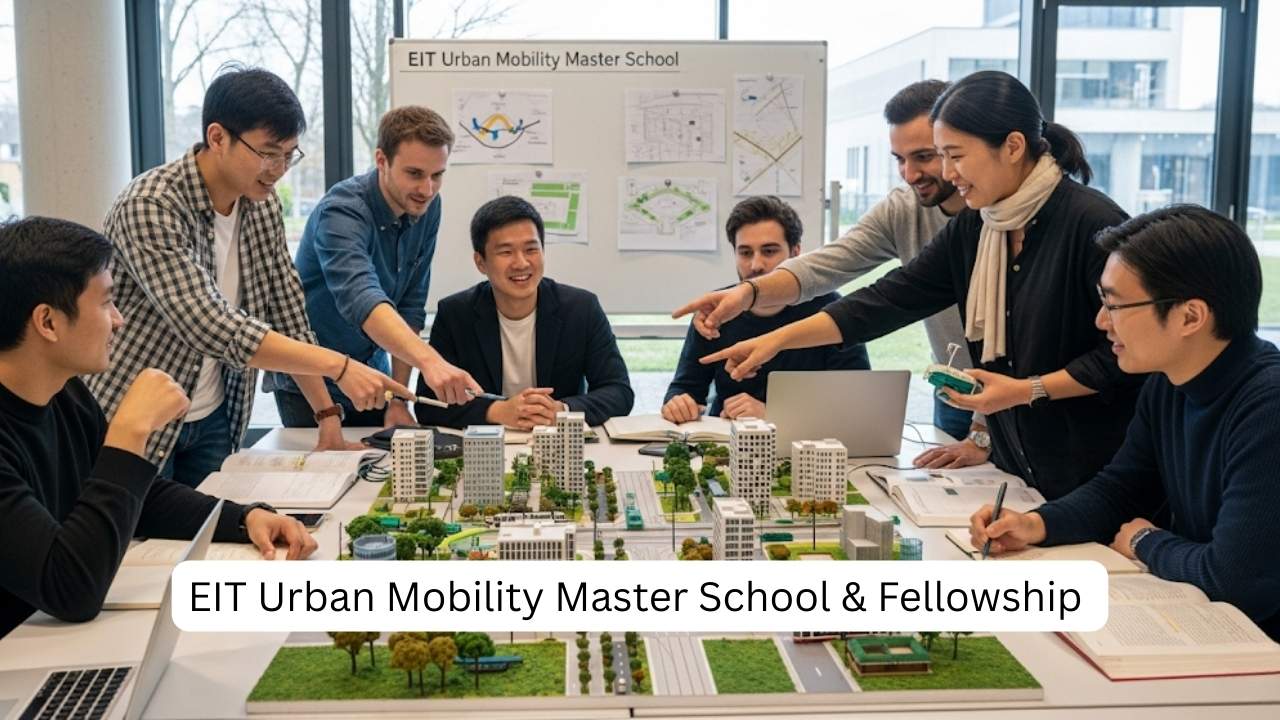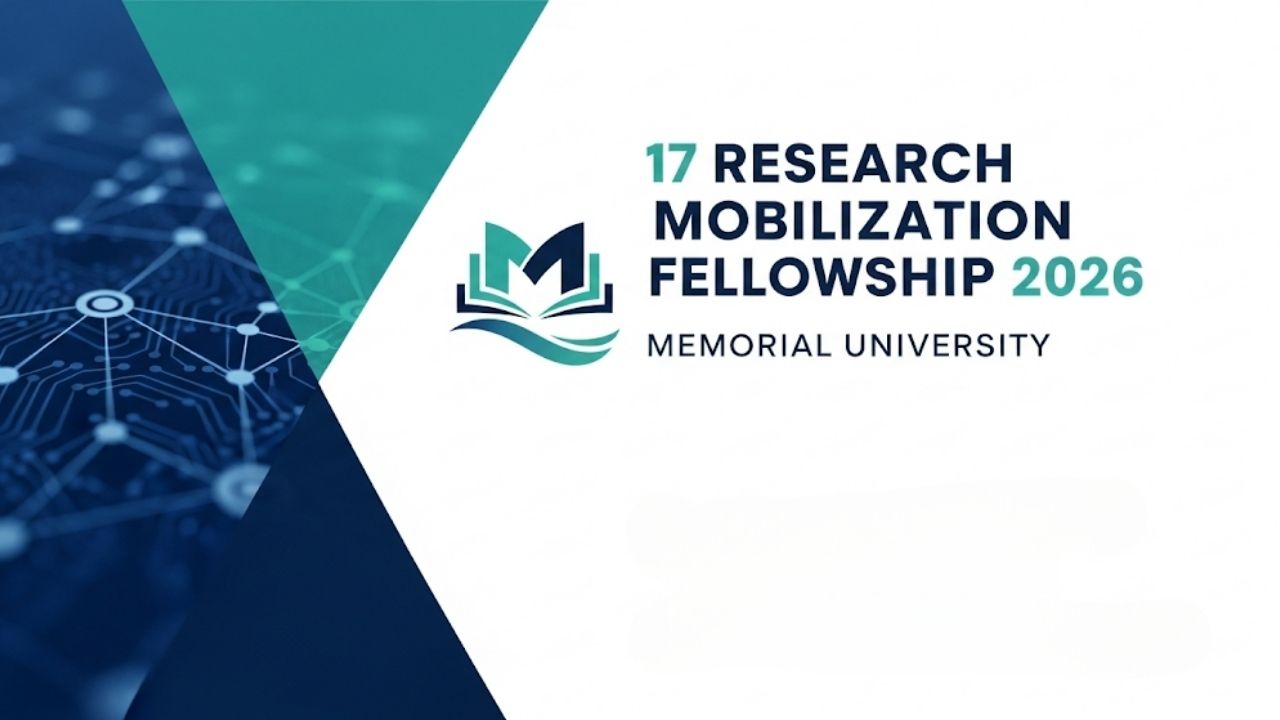The CSEAS Fellowship 2026 at Kyoto University is more than just a research grant; it’s a prestigious invitation to join one of the world’s most dynamic academic communities focused on Southeast Asia. If you dream of dedicating time to your research in the culturally rich and intellectually stimulating environment of Kyoto, this guide is your first step. We’ll walk you through everything you need to know—from eligibility to crafting a standout application—turning your ambition into a tangible plan for one of the most rewarding experiences of your academic career.

CSEAS Fellowship 2026
| Key Fact | Detail |
| Fellowship Name | Center for Southeast Asian Studies (CSEAS) Fellowship |
| Host Institution | Kyoto University, Japan |
| Funding | Fully funded: Stipend, airfare, research funds, insurance |
| Eligible Fields | Southeast Asian Studies (Humanities, Social & Natural Sciences) |
| Application Period | Typically opens late in the year for the 2026 intake. |
The CSEAS Fellowship 2026 is a gateway to a transformative period of professional growth and personal discovery. The application process is rigorous, but with careful planning and a compelling research vision, you can present a formidable candidacy. Kyoto University Website
What Makes the CSEAS Fellowship a Life-Changing Opportunity?
Imagine having uninterrupted months to focus solely on your research, surrounded by leading experts in your field, with the ancient temples and serene gardens of Kyoto as your backdrop. This is the reality for CSEAS Fellows.
Hosted by Kyoto University, a powerhouse of research and one of Japan’s most prestigious institutions, the Center for Southeast Asian Studies is a global hub for intellectual exchange. Since its founding, CSEAS has been committed to an integrated, multi-disciplinary approach to understanding this complex and vibrant region.
As a fellow, you gain more than just funding. You receive:
- Unparalleled Access: Tap into Kyoto University’s extensive libraries, archives, and research facilities.
- A Collaborative Community: Engage in seminars, workshops, and informal discussions with a diverse group of international and Japanese scholars.
- Mentorship and Networking: Build lasting professional relationships that can shape your career for years to come. In my experience advising students, the connections made during such fellowships are often as valuable as the research produced.
This isn’t just a fellowship; it’s an immersion into a culture of academic excellence and a chance to experience life in a city that seamlessly blends historical legacy with modern innovation.

Are You Eligible for the CSEAS Fellowship 2026?
The fellowship welcomes scholars at different career stages, primarily through two distinct tracks. It’s important to identify which category fits your profile before you begin the application process.
For Visiting Research Scholars (Mid-Career)
This track is designed for established academics, researchers, and professionals who can contribute significantly to the intellectual life at CSEAS. You are likely a good fit if you:
- Hold a Ph.D. or have equivalent professional experience and publications.
- Are a mid-career academic employed at a university or research institution.
- Have a substantial record of research and publications on Southeast Asia.
- Possess a clear and compelling research project to undertake during your time in Kyoto.
For Postdoctoral Fellows (Early Career)
This opportunity is perfect for promising young scholars looking to develop their research and publish their doctoral work. The ideal candidate for this track should:
- Have received their Ph.D. within the last five years (check the specific cutoff date on the official call for applications).
- Present a well-defined research project that builds upon their doctoral dissertation or opens a new line of inquiry.
- Demonstrate strong potential for future academic contributions.
While the program is open to all nationalities, it strongly encourages applications from scholars originating from Southeast Asian countries, fostering a rich exchange of regional perspectives.
How to Craft a Winning Application for the Kyoto University Fellowship
A successful application is a story well told—one that clearly communicates your academic strengths, the importance of your research, and why you are the perfect fit for CSEAS. I’ve seen many successful applicants focus on creating a cohesive narrative across all their documents.
Step 1: Deconstruct the Application Requirements
Before you write a single word, carefully read the official application guidelines. Typically, you will need to prepare the following:
- The completed online application form.
- A comprehensive Curriculum Vitae (CV).
- A detailed Research Proposal (usually 5-7 pages).
- A list of your major publications.
- Two letters of recommendation.
Step 2: The Heart of Your Application – The Research Proposal
Your research proposal is the single most important element of your application. It must be clear, convincing, and feasible to complete within the fellowship period (usually 6-12 months).
A strong proposal will:
- Identify a Clear Research Question: What specific problem or question will you investigate? Why is it important for the field of Southeast Asian studies?
- Demonstrate Originality: How does your project contribute new knowledge or a fresh perspective?
- Align with CSEAS: Explicitly state how your work connects with the ongoing research interests and expertise at CSEAS. Mention specific professors or research clusters you hope to collaborate with.
- Outline a Feasible Methodology: Describe the methods and sources you will use. How will being at Kyoto University specifically help you access these?
- Set a Realistic Timeline: Break down your project into a month-by-month plan, showing that you can achieve your goals within the fellowship duration.
Step 3: Curating Your Academic Profile (CV and Publications)
Tailor your CV to the fellowship. Instead of a generic list, highlight experiences that are most relevant to your proposed research and Southeast Asian studies. Emphasize your key publications, conference presentations, and any previous grants or awards.
Step 4: Securing Strong Letters of Recommendation
Choose recommenders who know you and your research well. Don’t just pick the most famous professor you know. A detailed, enthusiastic letter from a direct supervisor is far more powerful than a generic one from a university president.
Provide your recommenders with:
- Your research proposal.
- Your updated CV.
- A clear deadline.
- A gentle reminder one to two weeks before the due date.
Understanding the Financials: What Does This Fully Funded Research in Japan Cover?
The term “fully funded” can be vague, but the CSEAS Fellowship offers a comprehensive and generous package designed to allow you to focus entirely on your work. Based on previous years’ provisions, you can generally expect:
- A Monthly Stipend: A substantial allowance to cover accommodation, food, and daily living expenses in Kyoto.
- Round-trip Airfare: One round-trip economy class ticket between your home institution and Osaka Kansai International Airport (KIX).
- Research & Travel Allowance: A dedicated fund to support your research activities, such as domestic travel for fieldwork, conference attendance, or purchasing necessary materials.
- Comprehensive Insurance: Coverage under Japan’s National Health Insurance scheme.
Life in Kyoto: More Than Just Research
Your time in Japan will extend far beyond the university walls. Kyoto is a city that captivates the soul. For centuries, it was the imperial capital of Japan, and its legacy lives on in its stunning UNESCO World Heritage sites, from the golden splendor of Kinkaku-ji to the tranquil paths of the Arashiyama Bamboo Grove.

But Kyoto is also a modern city with a vibrant arts scene, incredible food, and efficient public transport. You can spend your weekends hiking in the surrounding mountains, exploring bustling markets, or simply enjoying a quiet moment in a traditional teahouse.
ICANN85 Fellowship Applications Now Open for the March 2026 Event
Your Guide to the EIGE Traineeship 2025: Kickstart Your Career in Gender Equality
FAQs
Q1:Can I apply if my research has a comparative focus and is not exclusively on Southeast Asia?
Yes, but your proposal must demonstrate a strong and significant Southeast Asian component. You should clearly articulate why conducting your research at a center dedicated to Southeast Asian studies is essential for your project.
Q2:Is knowledge of the Japanese language required for the fellowship?
No, it is not a formal requirement. The working language at CSEAS is English, and you can navigate daily life in Kyoto with minimal Japanese. However, learning some basic Japanese will undoubtedly enrich your cultural experience. The university often provides resources for learning the language.
Q3:What is the selection process like after submitting the application?
After the submission deadline, a selection committee composed of CSEAS faculty members reviews all applications. The process is highly competitive and based on academic merit, the quality and feasibility of the research proposal, and the applicant’s potential to contribute to the center’s academic community. Shortlisted candidates may be contacted for an online interview.
Q4:Can I bring my family with me on the fellowship?
Policies can vary. While the fellowship stipend is intended for the fellow, Kyoto University’s international office can often provide guidance and assistance with the visa process for dependents. However, all associated costs and arrangements for family members are typically the responsibility of the fellow. It is crucial to check the most recent fellowship guidelines on the official website for specific details.










